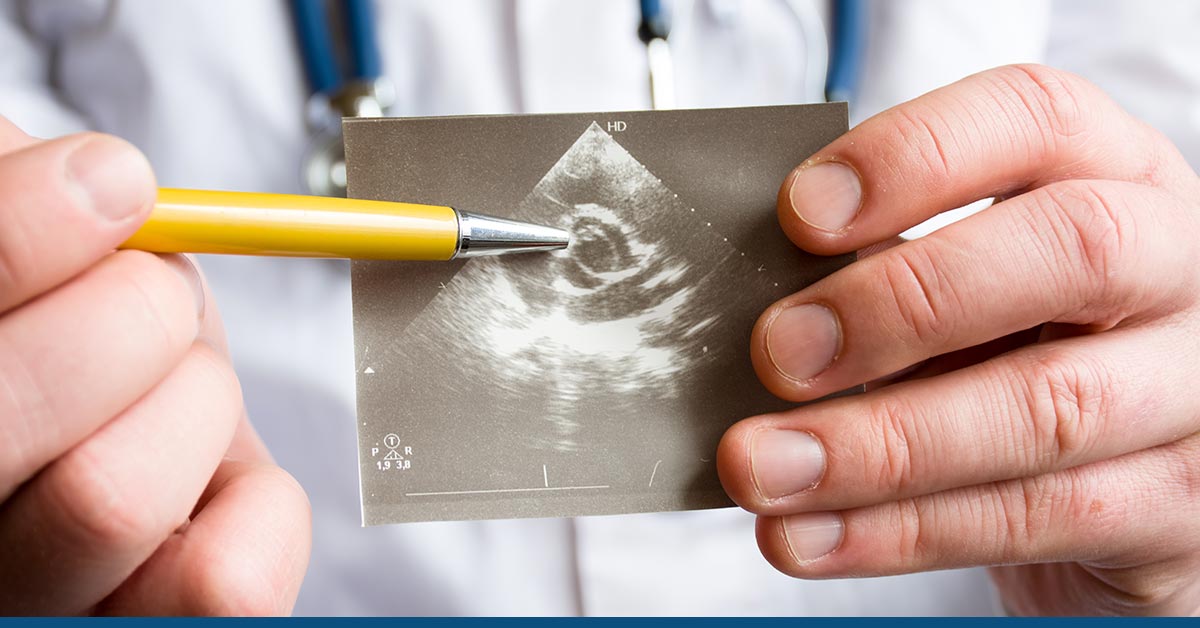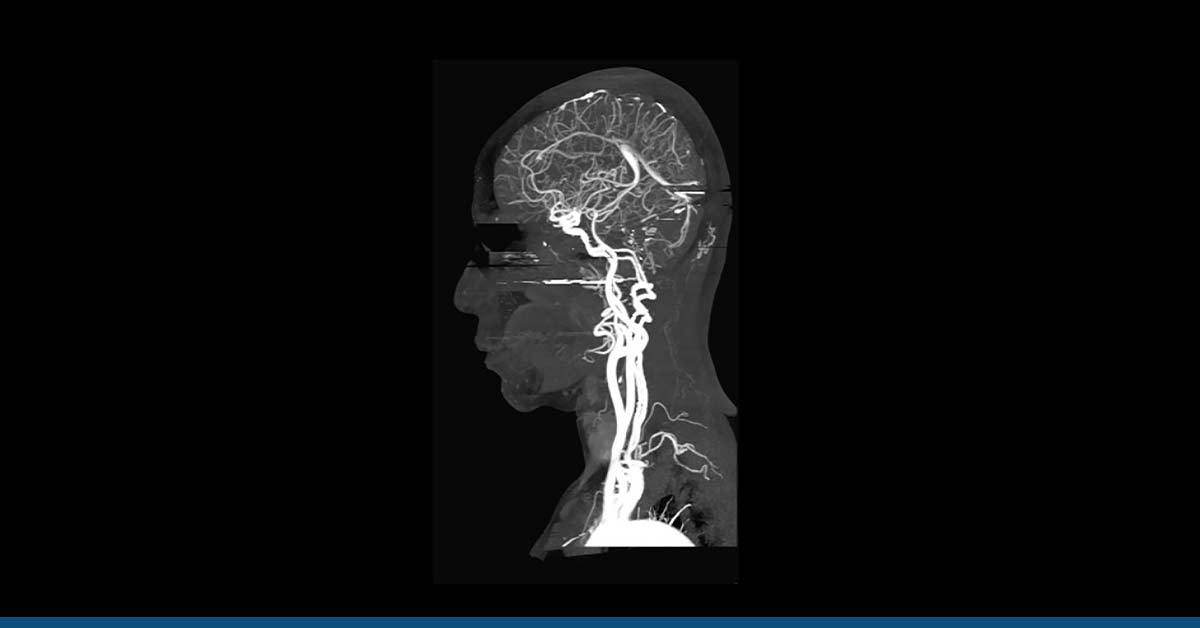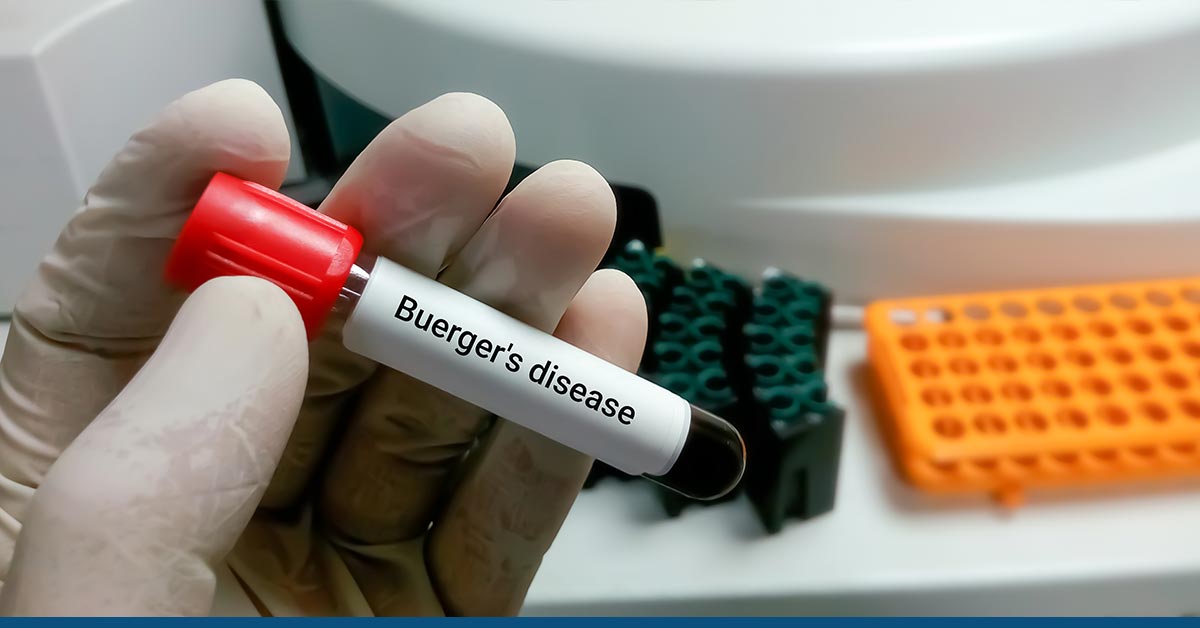Table of Contents
ToggleIntroduction to Supraventricular Tachycardia
Supraventricular tachycardia (SVT) is a type of heart rhythm disorder that affects the heart’s normal electrical activity. In an SVT attack, the heart beats faster than normal, typically at a rate greater than 100 beats per minute.
This rapid heartbeat is caused by abnormal electrical impulses originating in the heart’s upper chambers, known as the atria.
SVT can occur in people of all ages, but it is more commonly seen in younger individuals and can be a sporadic or chronic condition.
While SVT is usually not life-threatening, it can cause discomfort, fatigue, and anxiety. Therefore, it is important to understand the causes, symptoms, and treatment options for SVT.
What Are the Symptoms of Supraventricular Tachycardia?
The hallmark symptom of an SVT attack is a rapid heartbeat, typically defined as a heart rate greater than 100 beats per minute.
This rapid heartbeat can cause a range of sensations, including a pounding or racing feeling in the chest, palpitations, and shortness of breath.
Some individuals with SVT may also experience chest discomfort or pain, dizziness or lightheadedness, and fainting.
In addition to the physical symptoms, an SVT attack can also cause emotional and psychological distress. The fear and anxiety accompanying an SVT episode can exacerbate symptoms and make it more difficult to manage the condition.
Some individuals may experience panic or helplessness during an episode, further complicating treatment and management.
The symptoms of SVT can vary depending on the type of SVT and the underlying cause of the condition. For example, in some individuals, SVT may be triggered by certain activities or situations, such as exercise or emotional stress.
In others, SVT may occur spontaneously or without an identifiable trigger.
In some cases, SVT can also be associated with other symptoms and medical conditions. For example, individuals with SVT may experience fatigue or weakness, especially if the condition is chronic or long-lasting.
They may also experience headaches, difficulty concentrating, and poor sleep quality, all of which can be exacerbated by the stress and anxiety associated with SVT.
While the symptoms of an SVT attack can be uncomfortable and distressing, it is important to remember that this condition is usually not life-threatening.
However, it is important to seek medical attention if you experience symptoms of SVT, especially if they are severe or persistent.
Your doctor may recommend testing to identify the underlying cause of the condition and may prescribe medication or other treatments to manage symptoms and reduce the risk of complications.
How to Stop SVT Attack?
Can SVT cause a heart attack? While SVT itself does not typically cause a heart attack, it can be a sign of underlying heart disease or a risk factor for other heart-related conditions.
Heart rhythm disturbances can contribute to the onset of an SVT attack. In a healthy heart, electrical impulses originate in the sinoatrial (SA) node in the right atrium and spread throughout the heart, causing it to contract and pump blood.
However, in some cases, abnormal electrical pathways can develop, leading to irregular heartbeats or arrhythmias.
These abnormal pathways can cause the atria to contract too quickly, leading to the characteristic rapid heartbeat of an SVT attack. Other factors, such as stress, caffeine, or alcohol consumption, can trigger SVT episodes in people with preexisting heart conditions.
One common method used to treat SVT is the Valsalva maneuver, which involves forcefully exhaling while holding one’s breath. This technique can help to slow the heart rate by stimulating the vagus nerve, which helps regulate heart function.
The Valsalva maneuver works by temporarily increasing the pressure in the chest cavity, compressing the heart, and decreasing the volume of blood returning to the heart.
This, in turn, causes the heart rate to slow down, helping to interrupt the abnormal electrical impulses that cause SVT. The Valsalva maneuver can be done at home or in a medical setting and is generally safe and effective for most people.
In some cases, medical intervention may be required to treat SVT attacks. A case study published in the Journal of Arrhythmia described a successful reversion of SVT using a procedure known as electrical cardioversion.
This procedure involves delivering an electrical shock to the heart to reset its rhythm. In the case study, a 35-year-old man with a history of paroxysmal SVT underwent electrical cardioversion after medication failed to control his symptoms.
The procedure successfully restored the patient’s normal heart rhythm, and he remained free of SVT episodes for six months following the procedure.
Another potential complication associated with SVT is the development of arterial fibrillation, a type of arrhythmia that involves rapid, irregular contractions of the heart’s atria. While not directly caused by SVT, arterial fibrillation can result from untreated or chronic SVT.
Arterial fibrillation can be a serious condition, leading to a higher risk of stroke, heart failure, and other complications. Therefore, it is important to identify and treat SVT early to prevent the development of more severe heart-related conditions.
Conclusion
In conclusion, an SVT attack can indicate serious heart-related conditions. Treatment options for SVT include the Valsalva maneuver, medication, and, in some cases, medical procedures such as electrical cardioversion.
If left untreated, SVT can lead to the development of arterial fibrillation, a more serious condition that requires careful monitoring and management.
Therefore, seek medical attention if you experience symptoms of SVT, including a rapid or irregular heartbeat, chest pain, or lightheadedness.
If you are looking for a reliable diagnostic test for heart disease, contact us at HG Analytics to schedule your appointment and take charge of your heart health.






No comment yet, add your voice below!